On the homestead, getting dinged-up by daily activities is just a part of life. You’d be hard-pressed to ever find me without some sort of cut or bruise somewhere! Sometimes, those minor wounds can be surprisingly incapacitating. Just ask someone with a paper cut or hangnail that’s in the exact wrong spot! And even though these small hurts aren’t going to send you to the emergency room, there’s no reason to suffer without remedy.
This is the situation my hard-working husband has found himself in for the past few months as he works to dig out the footprint for our Earthship. There’s a lot … and I mean A LOT of hand-digging through hard, rocky soil which means the palms of his hands have been perpetually bruised as he tries to jam the shovel through the unyielding ground. The pain and swelling have been quite hindering, so I knew I needed to find something more than just an ice pack to help him.
Imagine my delight to recently read that a common flower currently carpeting our fields was once called “bruisewort!” I ran outside, poulticed-it-up in five minutes, and the results? Well, you’ll have to read on to find out just how good they were.
All About Bruisewort, aka Daisy!
You may not be familiar with the old-timey term bruisewort, but I’m confident you’ve heard of a daisy. Indeed, this humble, sunny little flower was once used to heal wounds and bruises of all sorts. The term incidentally, is also applied to comfrey and soapwort. Bruisewort refers more to “a plant that can heal bruises” rather than one specific species.
Related Post: Plantain Weed
Botanically, the traditional daisy used for bruises is Bellis perennis, the common daisy, a European native that can often be found blooming in the Americas. Leucanthemum vulgare or the oxeye daisy, is also a European native, but it is widely naturalized across the United States — invasively so in some areas.
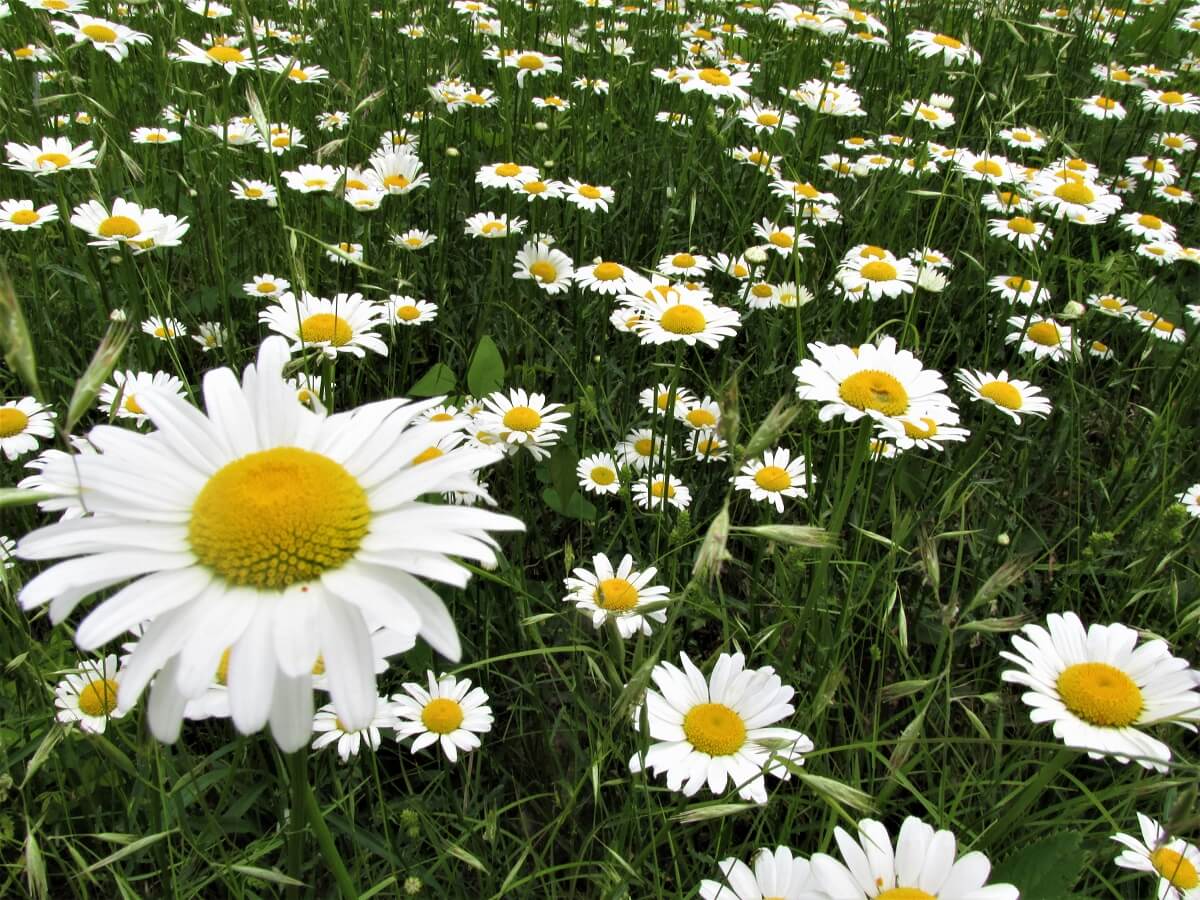
Though it may be a curse for keepers of browsing animals — the non-native daisies form large clumps that they refuse to eat, crowding out native grasses — it is a blessing in disguise for the forager.
The leaves and blossoms are edible. They have a somewhat carroty, sweet-astringent taste. The flowers can be brewed into tea, and most relevant to this article, the flowers can also be poulticed into a fabulous bruise ointment.
Related Post: How To Make A Healing Salve From Backyard “Weeds”
I used oxeye daisy. They’re easy to find in late spring and early summer in any sunny location. Even most children can identify their cheery yellow discs surrounded by white petals. They start out with a basal rosette of lobed leaves (this is when the leaves are their tastiest) but soon spring up into dense clumps of waist-high blooms.
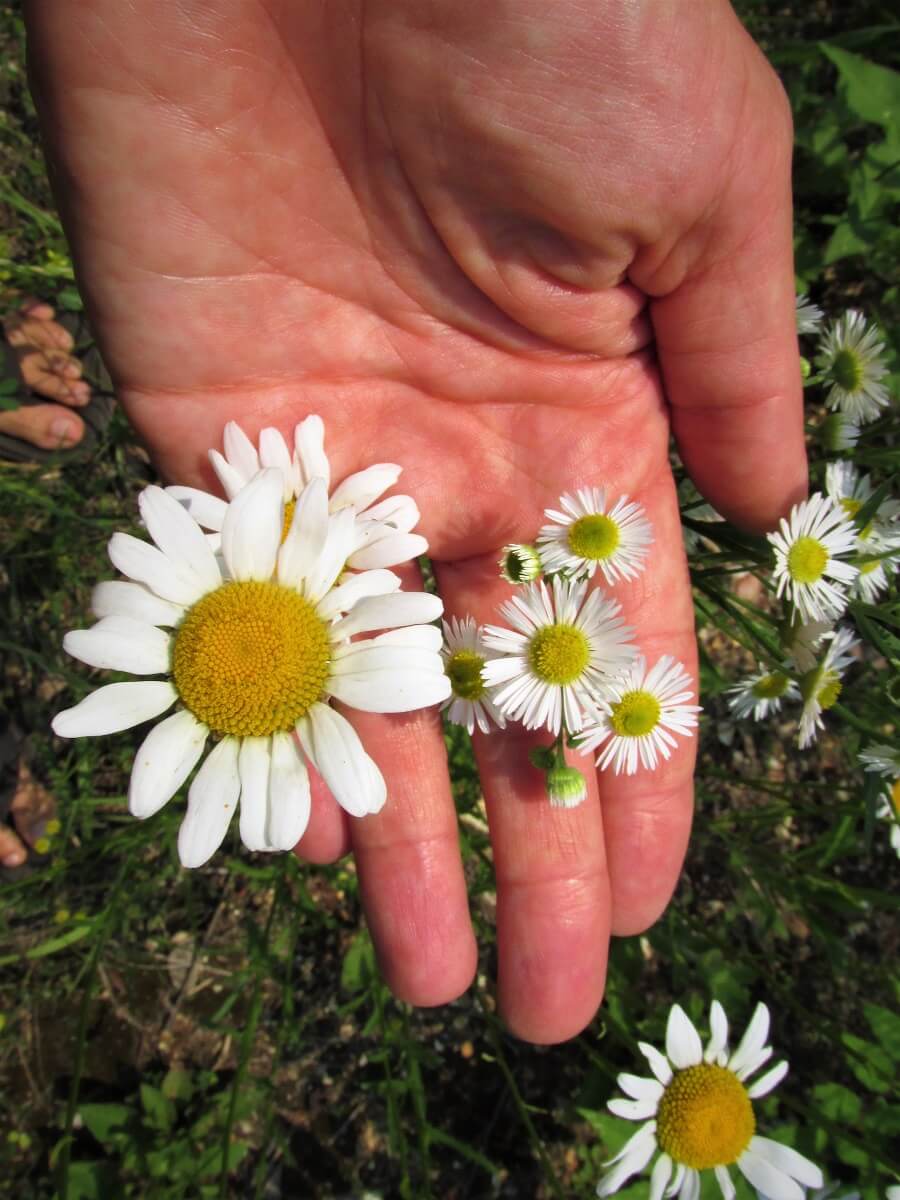
If you’re unfamiliar with plants, it might be possible to confuse them with common fleabane and lesser fleabane. Those are taller plants that bloom around the same time, but the tiny size of fleabane blossoms (less than an inch with hair-like petals) in comparison to the daisies (more than an inch with wider, creamy petals) should be very easy to distinguish. Daisies-as-medicine is no new idea, by the way. Consider this bit of medical lore:
During their seemingly endless military campaigns, Romans depended on daisies to heal their sword and spear wounds. The surgeons who attended each legion would send out slaves to gather bags of the useful flower and would apply the juice where needed. Thankfully, we have few spear or sword wounds to heal on our homestead!
How to Make a Healing Bruise Poultice
Using these flowers is delightfully simple. If you find yourself with a painful bruise, relief is about 10 minutes away.
Note: this recipe is intended to relieve a bruise on unbroken, uninfected skin. If you have a serious wound, please seek appropriate medical attention and reserve this recipe to help heal the bruised area once the skin is closed again.
Ingredients and Supplies

You’ll need the following to make this simple, daisy poultice:
- a mortar and pestle (or food processor may also work)
- a handful of daisy blossoms (will be enough to cover an area 3-by-3 inches)
- Olive oil or coconut oil
- Shea butter (optional)
Directions
- Harvest the daisy blossoms, using hand-pruners or scissors to snip the flower heads rather than ripping them from the stems. Choose fresh-looking, unmarred blossoms.
- Give every blossom a quick visual inspection. Spiders, pollinators, and all manner of bugs really enjoy hanging out on their surfaces.
- Pound the whole blossoms into a paste, using the mortar and pestle.
- Once mashed thoroughly, add a small drizzle of olive oil and about a teaspoon of shea butter (optional) and blend thoroughly. Though there may be some fibers here and there, it should look like a smooth, spreadable paste.
- Clean the affected skin with soap and water, then apply a thick layer of the green paste directly to the bruised area.
- If necessary, bind the area with a clean piece of cheesecloth to keep the mixture in place.
- Leave the poultice for at least 20 minutes and up to two hours, if possible.
- Repeat the treatment in a few hours, as necessary.
The effects? Well, in my husband’s case, he reported that as soon as the poultice was spread across his hard-to-move palm, he felt a cooling sensation and a near-immediate lessening of pain. After about a half-hour, the swelling had also gone down, and he was able to painlessly flex his hand.
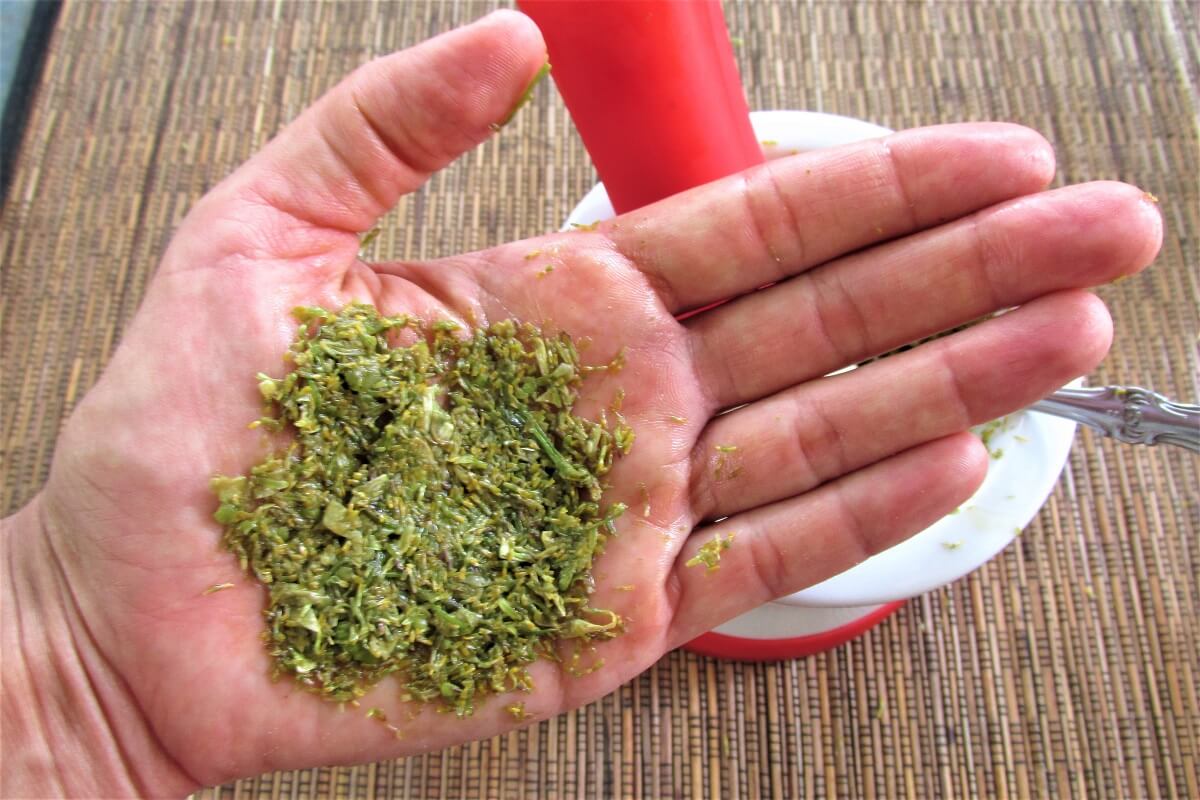
We repeated the treatment the next day, and the next, and even though the appearance of the bruise was still somewhat red-blue, his bruise had been reduced to the point that he could go back to digging without pain.
We have used this easy remedy several times, and all with wonderfully soothing, side-effect free, chemical-free, packaging-free results. I have since gone back to our fields and gathered my own bags of daisy blossoms.
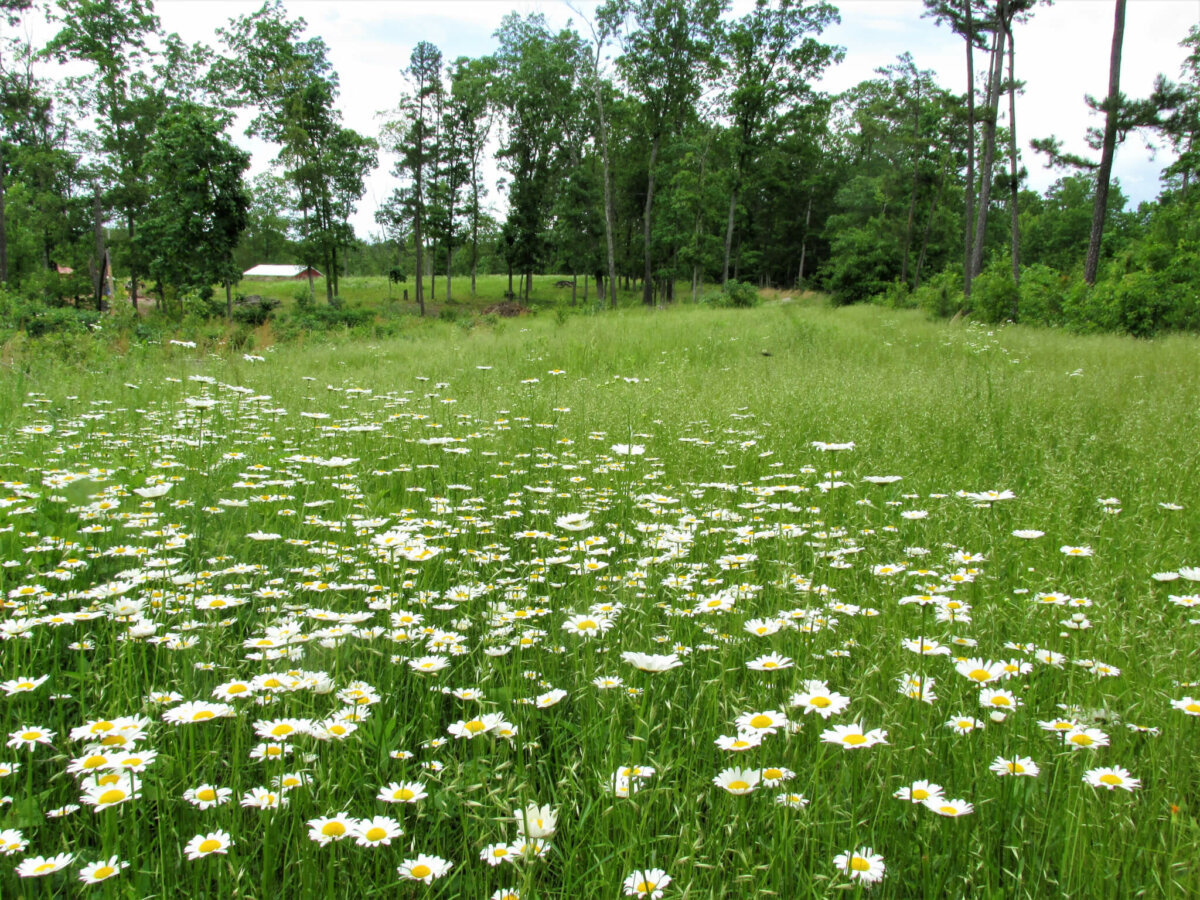
As I laid them out on screens to dry, I knew that I had a beautiful little treasure. For the inevitable bumps and bruises that this active life gathers, I now have a reliable remedy to bring my family relief. And if we end up making it through these active seasons with some extra blooms, I like knowing that I can use them dried to make warming tea this winter!
Related Post: 5 Compelling Reasons to Turn Your Lawn Into a Meadow
So go out there this summer and enjoy the daisies, invasive though they might be. Gather up a handful, throw some on the table in a mason-jar vase, and dry the rest for whenever you may need a little soothing. And if you do give this easy poultice a try, I’d love to hear about your experiences in the comments below!


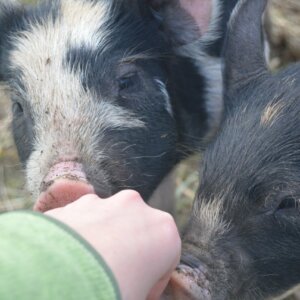

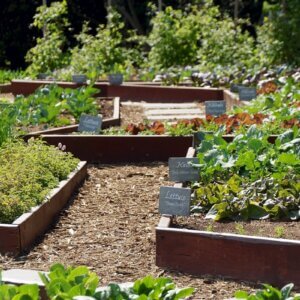


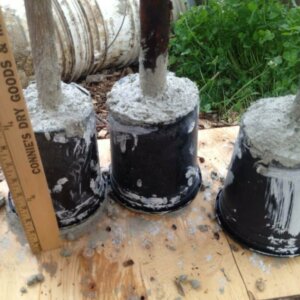
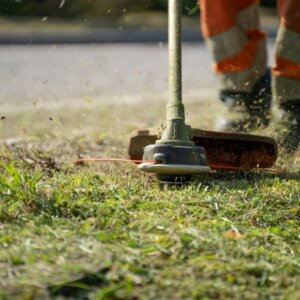
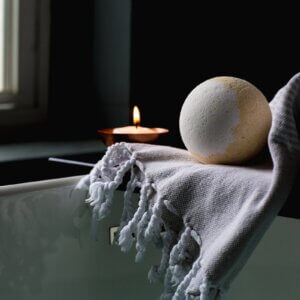



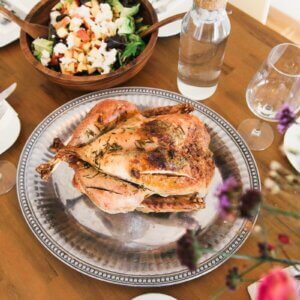
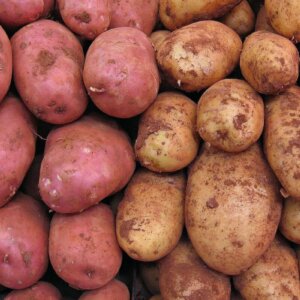

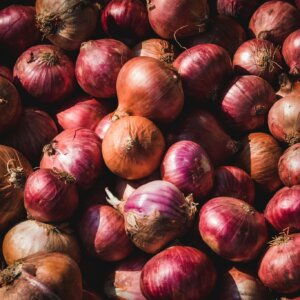

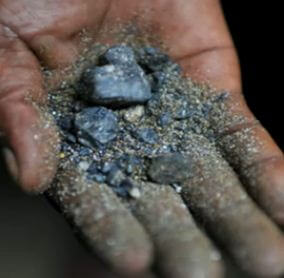
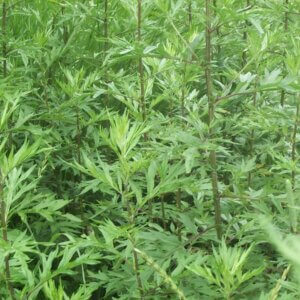
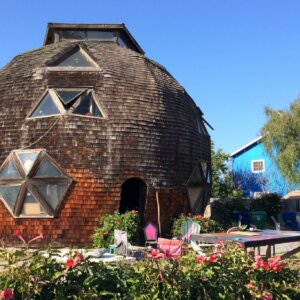


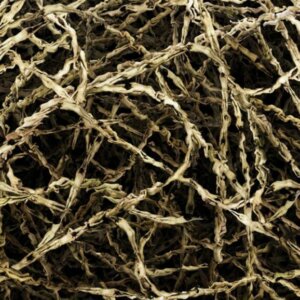


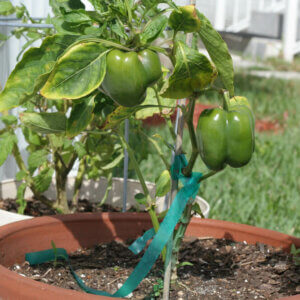
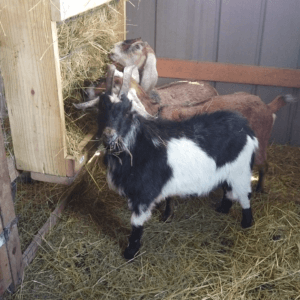
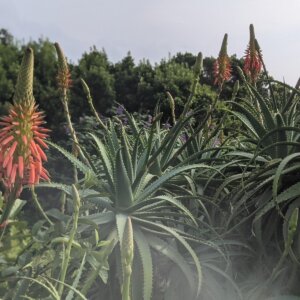

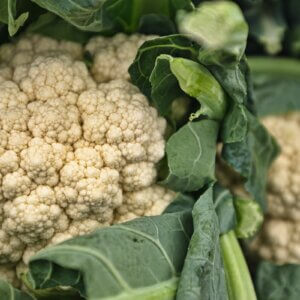


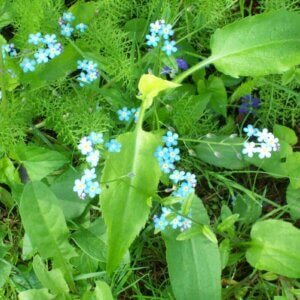





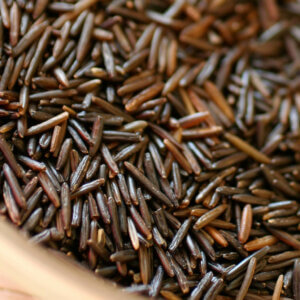
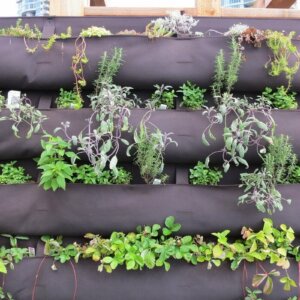

Just moved ( had no choice) but my kitchen is DISGUSTING the , the cabinet doors are painted in a dark poop color not to mention , no backsplash and the counters , let’s just say I’m afraid of them. HOW, can I fix this, pls in a super small tiny small budget.
Thanks
Photo/Attachment:
Hi. This was linked from a post about Golden Glow flowers. Can I do the same with Golden Glow and can I make a batch to store or will it go bad? Thank you.